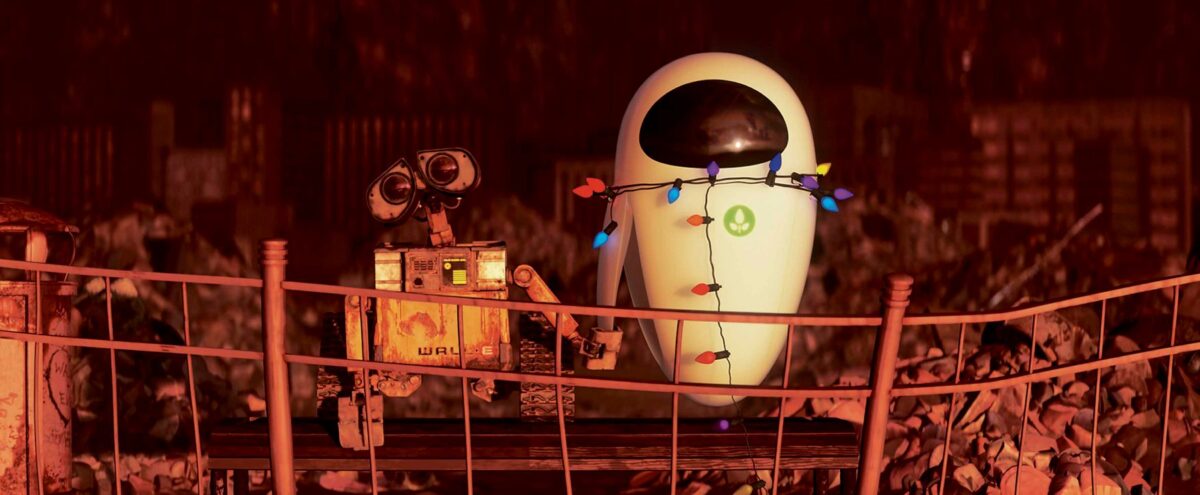I was driving our old Dodge pickup into town a couple of days, or so, ago. It was a pretty morning. Although fairly early, the sun was already well above the horizon, as happens ever earlier, here in these higher latitudes of Central Maine as we move into Spring. Although paved, the road into town is a narrow, meandering thing, often not in the best of condition, with lots of hills and trees along the way. After the dreariness of winter days, and snowy roads, I was enjoying the peaceful feeling such a drive always gives me, my mind wandering hither and thither, going no place in particular.
Suddenly, ahead and on the shoulder at the edge of the road, somewhat in the shadows, stood a large bird. My immediate assumption was that it was a crow, looking for some road kill for breakfast, but I just as suddenly realized it had to be a bald eagle. No other bird stands so tall and proud, so immediately identifiable.

Before I got close enough to see it in detail, it launched and departed through the small trees at the edge of the road, headed for the open space of adjacent fields. But as it did, I was now close enough to see that dramatic white head and blazing white of its tail feathers, caught in the morning sunlight. It was soon too far removed to see, and I had to return my gaze to the demands of driving an old truck on rough, curvy roads.
The bald eagle, or American eagle, is, of course, our national bird, our national symbol. I’ve thought a lot about seeing that eagle, these past few days. What’s in a symbol, that makes it so significant, I’ve had to wonder. Why does the sight of that eagle, or for that matter, the sight and sound of great flocks of Canadian geese as they circle over our place here at the edge of Indian Pond, affect me so? Why those, and not the raucous crows that are so abundant around here?
An Internet search shows that the etymology of the word “symbol” is somewhat convoluted, and the word has a history going back at least to the Greeks of circa 250 BC. But over the many centuries, it came to be used to mean “something which stands for something else.” And that’s a pretty good definition, as we frequently use symbols to stand for something usually totally unrelated to the thing itself.
But especially, I’ve thought a lot about why that proud symbol seems so especially appropriate, so apropos, to this nation that I have so dearly loved and respected all my years. So much of what I see today, as I attempt to stay abreast of all that’s going on in my country, is so demoralizing, emotionally despairing, that I need something to shield me from it.
All too often the symbols I see, today, are of either a donkey, or an elephant. Those symbols were originally adopted with the intent of visually projecting the beliefs and purposes of the party adopting it. But now, those symbols have come to represent contending political forces, each attempting to defeat the other, rather than joining forces to solve our problems and support us.
“America, the beautiful…sweet land of liberty, of thee I sing…Oh, say does that star spangled banner yet wave, o’er the land of the free and the home of the brave.” That flag, that symbol, what is it that is so embedded in that simple piece of cloth with its stars and stripes?
On February 23, 1945, six United States Marines raised an American flag atop Mount Suribachi, on the Pacific island of Iwo Jima. Joe Rosenthal, of the Associated Press, captured the moment in what became a Pulitzer Prize winning photo, and later an iconic statue in Washington, D.C. That spontaneous act of raising the American flag became a symbol that has become part of who we are as Americans.

Why is that so? What was it about that particular flag, that particular moment? Iwo was the setting for some of the most egregiously tough fighting in the entire Pacific Theater during World War II. Mount Suribachi stood more than 500 feet over the rest of the island. The Japanese defenders had placed heavy artillery on its slopes, to rain down on the attacking forces. Caves were dug in its sides to house automatic weapons, and defenders determined to die rather than surrender.
Approximately 6,800 Marines and sailors were killed, and 20,000 more wounded, before the battle for Iwo Jima ended. So it was not unexpected that some symbol of triumph would have been raised, as the Americans finally captured that bloody peak. But why the American Flag? Why not the traditional Marine flag? Many centuries earlier, conquering soldiers would have held aloft the severed heads of those they had just defeated. But the Marines raised the American flag, because they were more than victorious soldiers, more than Marines. They were Americans, fighting for the country they loved and had dedicated their lives to protecting.
That flag, at that moment, was “the something that stood for something else,” a statement that expressed every emotion that would have been deeply felt within each of those Marines, emotions that they were unlikely to be able to express then, or perhaps even later.
We are all familiar with another symbol, one that also expresses deep emotions that are difficult, for some of us at least, to state aloud. And that is the traditional men’s gold wedding band. It is perhaps the ultimate “something that stands for something else.”
Few will likely remember the popular singer, Don Williams. But he recorded a song that has long been a personal favorite. Its first lines are “You placed gold on my finger, you brought love like I’ve never known.” The song ended with “You’re my anchor in life’s ocean, but most of all you’re my best friend…” Every guy feels the emotions expressed by those words, as his love puts that gold on his finger. But few of us are able to voice those words, so deeply felt.

When my dad died, he was still wearing his wedding band. Mom put that band on his finger on Christmas Day, 1932, and it never came off. Mom died about ten years before Dad died, but he never removed the band. And I vowed, similarly, that mine would never come off. It did, mysteriously lost for a year or more, then showed up again, just as mysteriously. It’s now back where it belongs, and there it will stay.
Why is that? What is so meaningful about a simple band, often rather inexpensively made as many of us, when first starting life as adults, aren’t yet among the rich? The answer is simple, but the emotions embedded in the answer are not. It is simply “something that stands for something else.” That “something” is nature’s force (and by “nature,” I mean God) that makes a bald eagle stay with its mate for all its life, defending it, protecting it, assisting it in caring for the young eagles hatching in the nest.
Symbols. Such a simple, familiar word. We use it frequently. Yet, in doing so, how often do we stop to think about what we are intending to express, when we defer to that symbol. What is it that something as simple as a ring, or a flag—a big bird, even—that lets us say so eloquently, so completely, what we are unable to voice?





